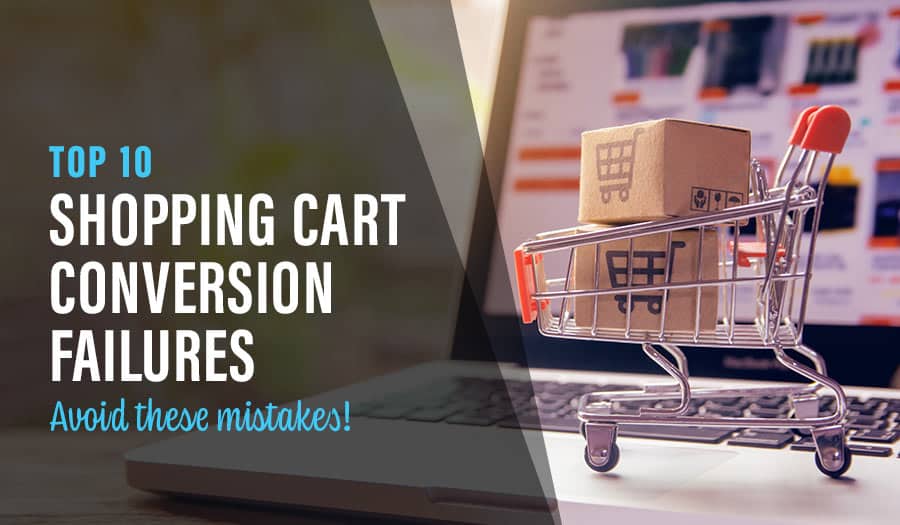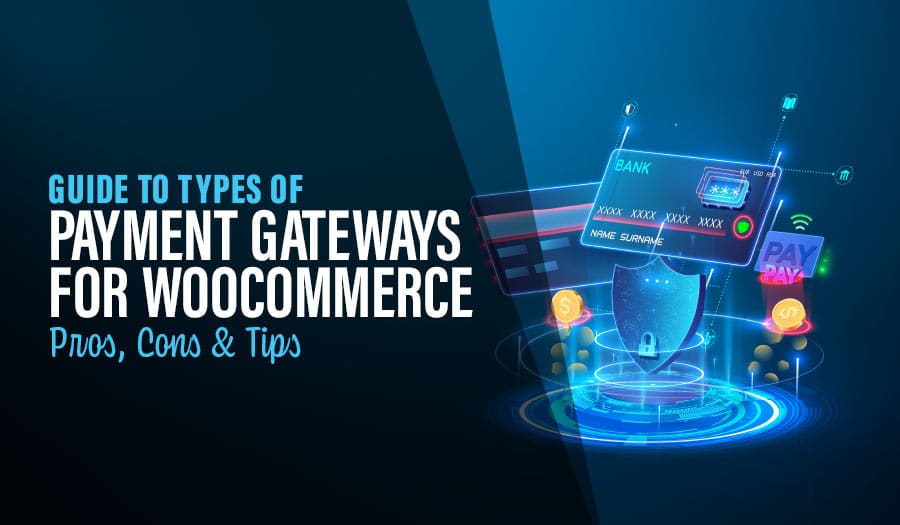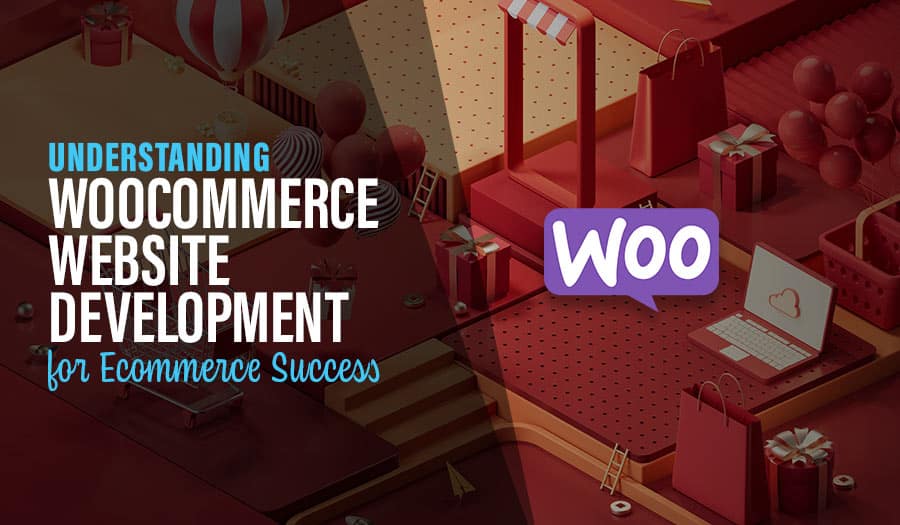According to marketing research studies, a majority (between 60% and 80%) of leads abandon their shopping carts just before purchase. All the work of marketing to bring change visitors into prospects is suddenly awash. What are the main shopping cart conversion rate killers and what can be done about it? Let’s explore 10 Shopping Cart Conversion Failures.
10 Shopping Cart Conversion Failures
- Low-key buying button
- Slow-acting web page and shopping card page
- Nearly 75% of consumers will use a smartphone to shop online
- Needing to register
- Shipping costs
- Delivery expectations
- Off site checkout
- Lack of package tracking
- Absence of returns, warranty and refunds policies
- Absence of positive reviews
10 Shopping Cart Conversion Failures
1. Low-key buying button
Often the interested shopper makes a buying decision then can’t find the buy button in the shopping card because it gets buried or simply does not make itself known. This is especially true for smart phone buyers. Shopping cart buy buttons should be 100% obvious every time a prospective buyer adds something to the shopping cart. A popup should display the current contents of the cart with a continue shopping button call to action.
2. Slow-acting web page and shopping card page
Most research suggests that every one-second delay in web page loading can cost e-commerce millions in sales every year. Smart phone shoppers are on the move and don’t want to wait 2 or 3 seconds before the shopping cart updates itself.
3. Nearly 75% of consumers will use a smartphone to shop online
Smart phones may be especially slow to load complex online shopping sites and shopping card apps. Your website should be optimized for phones. Typing on smartphones can be especially slow and difficult. Mobile e-commerce sites have to have simple checkout procedures that require minimal keyboard data entry. Don’t ask customers to fill out any more information than is necessary. Avoid things like surveys or data gathering during the purchase process.
4. Needing to register
The need to register and create an account before making a purchase decision is considered a major imposition. One survey found that 26% of shoppers abandon their carts at the point of compulsory registration. Just changing the “Register” button with a “Continue shopping” button on a smart phone commerce site could bring in millions of dollars worth of revenue. Make registration optional! Possibly add some kind of reward to registration.
5. Shipping costs
According to ComScore, 61% of survey respondents say they would cancel an online purchase if they did not qualify for free shipping. The sudden discovery of a significant shipping cost can really turn a price conscious customer off. Three major fixes are often suggested. You can make shipping free for everyone. You can have a fixed shipping rate for all purchases and make customers aware of it early. You can make shipping free for orders over a certain (reasonable) amount.
6. Delivery expectations
Online shoppers know that there will be a delivery delay. About one-quarter of shoppers are willing to wait a week or more. Many will look for the location of the origin of the item and buy things close to home to minimise delivery time. Often there is a tradeoff between price and delivery time. However many smart phone shoppers are not willing to wait more than a few days for delivery. About one-fifth of them will abandon their carts if they are not given a delivery date. Currently, major online retailers are feeling the pressure to minimise delivery times, even promise same-delivery.
7. Off site checkout
Online retailers have to be careful when using offsite check out apps. Many online shoppers find the switch between the retailer’s landing page and the checkout site to be confusing if not threatening. Often that switch causes very frustrating delays or even website glitches on that can completely ruin a sale. This is one of the difficulties that some retailers have with using the PayPal app as a checkout. It is much better to keep the checkout process inside the your site.
8. Lack of package tracking
This can be a major turnoff. Most online shoppers are not completely committed to the process of online shopping and still have lingering feelings that it is untrustworthy. Package tracking is a strong reassurance that their order is being dutifully fulfilled and they can gauge the delivery time. If vagueness in the package shipping and delivery process makes customers feel uneasy, they will abandon their purchase.
9. Absence of returns, warranty and refunds policies
This also feeds the lingering distrust people feel when paying money for unseen goods. Some kind of satisfaction guarantee is important for all retail purchases even when the consumer can pick out his or her item directly off the shelf. However, the importance of that assurance is magnified when buying things sight unseen.
10. Absence of positive reviews
Positive reviews influence most online buyers. They employ reviews to guide their buying choices. Because they can’t see or test out their purchases, most buyers feel reassured in their choices when they are supported by positive reviews. Online shoppers will often abandon their shopping cart when something about the purchase makes them feel they made the wrong decision. Small reassurance can reduce that decision remorse. Many online retailers are using inbound marketing to support their products on social media. However if the selling via social media involves too many steps, shoppers will abandon their purchase before checkout.
Abandoning shopping carts is not unique to online shopping. Retail customers also do so, especially when lines are too long.
- However, retail shoppers don’t have to worry about delivery times and
- the checkout process is face-to-face, routine and feels comparatively secure.
- Using a computer or smartphone to shop still carries a certain level of distrust. When they can’t look their seller in the eye, many people feel a certain reluctance to buy.
- The seller must make everything about the buying process as efficient and reassuring as possible to overcome this natural doubt.
Pixel Fish is a Sydney Digital Agency specialising in Web Design and Digital Marketing. We can help online retailers test and develop the kinds of mobile cart software that will reduce shopping cart abandonment. Please contact us to learn more.
Take your online store business to the next level with a Pixel Fish Ecommerce Website.
Check out some of our latest Ecommerce Website Design projects.
More Reading
WordPress for Small Business: A perfect match
6 Tips to Increase Your Ecommerce Conversion Rate
How to Package up Your Services on Your Business Website
Should You Show Your Prices On Your Business Website?
5 Types of E-Commerce Website Shoppers & How to Win Them Over
12 Steps to Shift Your Business to an Online Delivery Model Business
The Top 10 Mistakes to Avoid When Creating a Business Website
4 Essentials of E-Commerce Website Design that Converts
How to Create the Perfect WooCommerce Website



